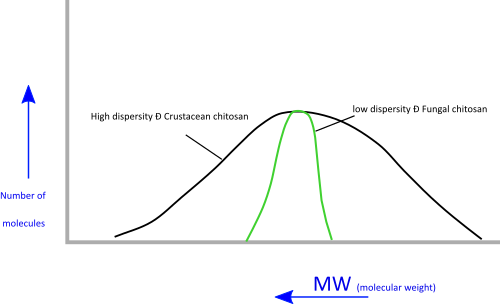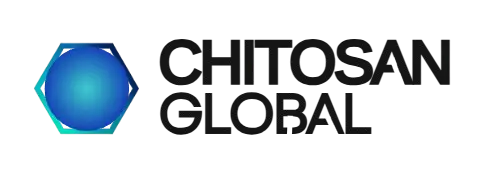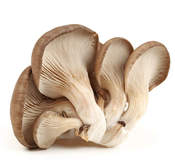Benefits of Oyster Mushrooms
Oyster mushrooms, known for their delicate texture and mild flavor, offer a variety of health benefits that make them a valuable addition to any diet. Rich in vitamins, minerals, and antioxidants, they are particularly high in B vitamins, which help support energy metabolism and nerve function. Additionally, the presence of polysaccharides in oyster mushrooms may bolster the immune system, providing a natural defense against various illnesses.
Furthermore, the consumption of oyster mushrooms can aid in heart health due to their ability to lower cholesterol levels. Studies have shown that the compounds found within these mushrooms may help reduce bad cholesterol (LDL) while promoting good cholesterol (HDL) levels in the body. Incorporating oyster mushrooms into meals not only enhances the flavor profile but also contributes to overall well-being.
Chitosan in Mushroom Processing
Chitosan, derived from the chitin found in the cell walls of mushrooms, presents an exciting opportunity for enhancing food preservation and dietary supplements. This biodegradable polymer features natural antibacterial properties that can effectively extend the shelf life of various food products. By utilizing chitosan in mushroom processing, manufacturers can reduce spoilage rates, ensuring consumers receive fresher and safer products.
Additionally, chitosan's functional properties make it an excellent candidate for developing health-oriented food additives and nutraceuticals. Its unique ability to bind to fats aids in weight management and cholesterol reduction, making it a valuable ingredient for those seeking to enhance their health. As research progresses, the applications of chitosan continue to expand, promising even more innovative uses in the food industry.
Our Mission Statement
At Chitosan Global, our mission is to harness the power of natural ingredients to promote health and wellness among our customers. We strive to provide high-quality, eco-friendly products that support a sustainable future while delivering the nutritional benefits of mushroom-derived chitosan. By sourcing our materials responsibly and focusing on scientific innovation, we aim to lead the market in effective health solutions.
Our commitment extends beyond just product quality; we aspire to educate our consumers about the benefits of mushroom chitosan and its various applications. Through transparency and integrity, we foster trust and loyalty within our community, ensuring that our customers can rely on us for superior service and support. Together, we work towards a healthier world, one mushroom at a time.
Support and Services
Chitosan Global is dedicated to providing exceptional support to our customers, ensuring their complete satisfaction with our products and services. Our knowledgeable team is available to assist with inquiries ranging from product information to order status, making it easy for customers to navigate their experiences with us. We believe in building lasting relationships with our clientele through attentive service and reliable assistance.
In addition to direct support, we also offer a variety of resources to help our customers make informed decisions about our products. This includes informative guides, detailed FAQs, and access to customer testimonials, all designed to enhance the understanding of our offerings. By prioritizing customer education and responsive service, we strive to create an engaging and supportive shopping experience.


